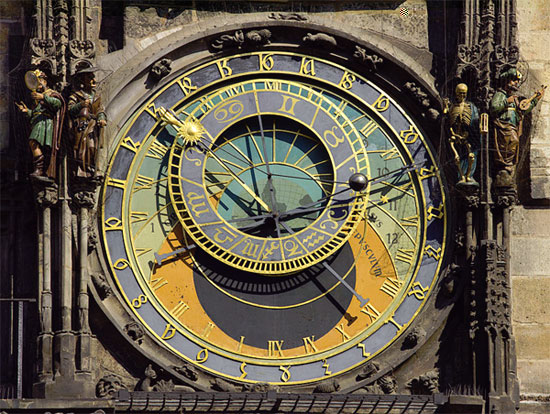Astronomical year numbering is based on AD/CE year numbering, but follows normal decimal integer numbering more strictly. Thus, it has a year 0 and the years before that are designated with a minus sign '−'. The era designations AD/CE are dropped. So the year 1 BC(Before Christ) is numbered 0, the year 2 BC (Before Christ) is numbered −1, and in general the year n BC(E) is numbered (1−n). The numbers of AD/CE years are not changed, but AD/CE is not used, being replaced by either no sign or a positive sign. For normal calculation a number zero is often needed, here most notably when calculating the number of years in a period that spans the epoch; the end years need only be subtracted from each other.

The system is so named due to its use in astronomy. Few other sciences outside history deal with the time before year 1, exceptions being dendrochronology, archaeology and geology, the latter two of which use 'years before the present'. Although the absolute numerical values of astronomical and historical years only differ by one before year 1, this difference is critical when calculating astronomical events like eclipses or planetary conjunctions to determine when historical events which mention them occurred.
A zero year was first used by the eighteenth century French astronomers Philippe de La Hire (1702) and Jacques Cassini (1740). However, both of these astronomers used the applicable AD/BC designations of Latin and French with their year zero, thus near the epoch the years were designated 2 BC, 1 BC, 0, 1 AD, 2 AD, etc. They did not use −/0/+. During the nineteenth century, astronomers designated years with either BC/0/AD or −/0/+. Astronomers did not exclusively use the −/0/+ system until the mid twentieth century.
